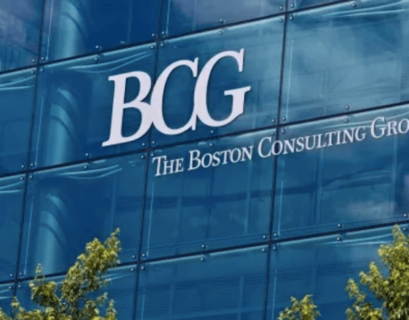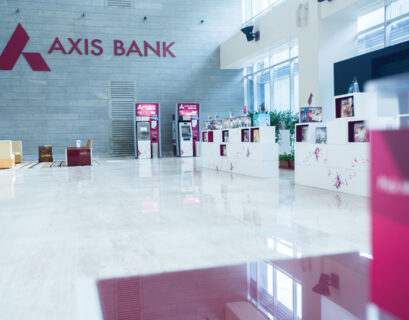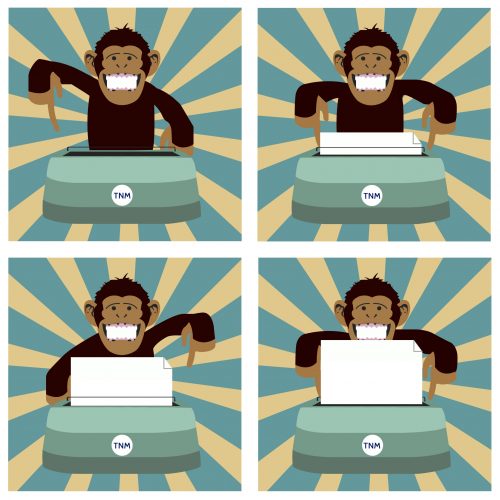
Satyam is currently an MBA candidate at IIM Ahmedabad (Batch of 2021). Prior to joining IIMA, Satyam was at IndusInd Bank and previously was with ITC for over 2 years. Satyam is a Chartered Accountant (May’16) and has cleared all 3 levels of CFA. Satyam will be sharing his experience from his stint at ITC and IndusInd, focusing on sharing insights about the Derivative Trading industry in India.
Interview
How did you recruit for this role? What would your advice be for potential candidates aspiring to get here? (recruiting strategy, cycle, process etc.)
Post CA, I started working as an FX Trader with ITC in their treasury. My official designation was Assistant Manager – Finance. I got placed at ITC through ICAI Campus Placement, but I got this profile rather fortuitously. Most of my peers who joined with me were allocated to Internal Audit (9 out of 13). After working for 26 months at ITC, I tried to move to a reputed bank’s treasury to gain more exposure in derivative trading. After InMailing (over LinkedIn) various Treasury Heads at multiple banks, I managed to interview with IndusInd Bank. Candidates who are willing to recruit for this role can target trading firms like Futures First for initial experience and learning before moving to a bank.
What are the key skills that are required for this role?
Derivative trading, in general, requires a decent grip in quants, finance and economics. Any background in coding, especially Python, also comes in handy. One should be able to connect financial and economic news with market movements and should be able to correlate the effects of various key economic indicators.
Reading habit is a must too, as traders are required to read extensive reports on market fundamentals and news daily. The most important skill for a trader is to maintain a calm head during volatile times and not get flustered easily.
What is the typical feeder profile (typical previous work experience) for this industry in general and for your firm in particular?
Any derivative trader usually starts in structuring and slowly moves to trader position within banks. Banks usually hire structuring professionals through either B-Schools (like IIMs, FMS, SP Jain etc.) or hire laterally from other trading houses like Futures First or corporate treasuries. Some candidates also transition from a bank’s back office to the front office over the course of time, but it happens seldomly.
Is there an education path that is preferred for getting a role in this industry?
Engineers usually get an upper hand over commerce grads for this role since some coding proficiency is considered useful. Economics graduates also stand a very good chance of recruiting for these roles. Few colleges like IIT Bombay, IIT Delhi, IIT Kanpur, BITS Pilani and IIT Kharagpur are well known for attracting firms like Goldman Sachs, which offer structuring roles to students.
What is your total team size?
Banks usually have a desk size of 8-12 professionals depending on the number of daily deals. The derivatives desk at IndusInd used to have 8 professionals, out of which 3 were traders and 5 were structuring professionals.
What is a typical day at work for you?
A typical day would start at 8:45 AM and involve reading market commentary from various reports and sources to form a view on the markets. It is usually followed by an internal call within the bank to determine the bank’s view as a whole and what to advice to the clients. By 11:30 AM, deals start flowing in from clients, and we are supposed to price those deals as structuring personnel. The traders update their position book simultaneously to manage their exposure. Traders are supposed to keep pace with relevant news and economic data released throughout the day in order to trade on market movements caused by them. The last trading hour (usually between 4 PM to 5 PM) becomes crucial as traders reconcile their daily trades and decide on overnight open positions before the market closes. The last one hour (5 PM to 6 PM) is usually dedicated to deal entries into the bank’s system to reconcile Excel balance with system balance.
What are your key responsibilities and deliverable on a case/deal?
The main KRA for a structuring professional is to give the best prices for the deals requested by clients based on the contemporary market level. For traders, the main KRA is to make profits by trading on news and events and to keep risk at an acceptable level.
What is the typical exit that people get from this role?
In India, there are very few exit opportunities for traders in a bank. Usually, in other trading hubs like Singapore, HK, London and NY, traders exit the bank’s treasury to join hedge funds either as traders or in a strategic management position, but India hardly has any global hedge funds One can, however, exit to a senior management role in a corporate treasury in India.
What are the pros and cons about this role?
Pros –
- Great work-life balance (no working on weekends)
- Always abreast with global financial news and other important developments
- Trading is thrilling in practice if one likes risk-taking
- No official travel (con for people who like traveling a lot)
- Above-average pay and bonus
Cons –
- Work can get monotonous at times
- No lucrative exit options
What are your typical work hours in a week (including weekends)?
~45 hours a week (9 AM to 6 PM from Monday to Friday)










![First Principles Approach to Financial Modelling in Excel - [Episode 1] First Principles Approach to Financial Modelling in Excel - [Episode 1]](https://thenumbermonkey.com/wp-content/uploads/abacus-100x100.jpg)









